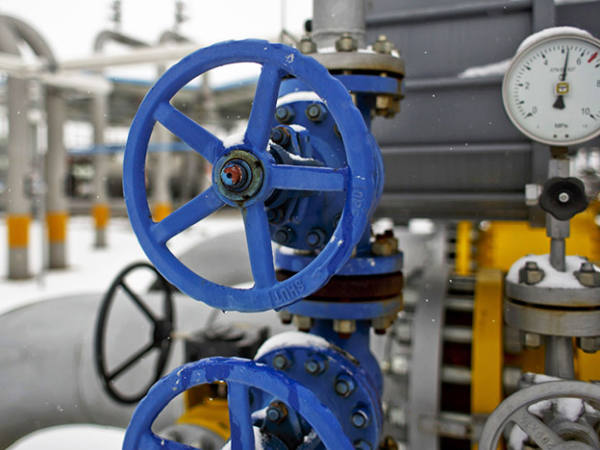Analysts knew a semiconductor shortage was in the offing prior to the pandemic. But the arrival of Covid-19 and the consequent contraction in industrial output delayed the inevitable, so the shortages only became obvious early in 2021. Matters came to a head when auto manufacturers were forced to peg back and delay production. Any likely near-term resolution was pushed back to the second half of this year, or perhaps even 2023, in the worst-case scenario.
The pandemic did highlight the centrality of the semiconductor to the modern economy, although it also brought home the fragility of global supply chains. Digital transformation accelerated through the period, driving demand in the process. Public policy in Europe and the US is now being formulated to reduce dependence on foreign supplies of a component on which we are all reliant.
The European Union (EU) has outlined a €43bn (£36.3bn) plan to secure supply to the trading bloc, with the aim of doubling its current market share of global production to 20 per cent by 2030.
Meanwhile, the Biden administration is taking steps to expand US manufacturing capacity. The US was once preeminent in global semiconductor manufacturing, although perceived price benefits in the age of globalisation have reduced market share Stateside from 37 per cent to just 12 per cent over the past 30 years. What’s more, it’s estimated that the global shortage knocked a full percentage point from US gross domestic product in 2021, a significant shortfall given that output is currently valued at around $24.8tn (£19.1tn).
The moves by the EU and US are reactionary in nature, some might argue an inevitable response to the drift towards interdependence, but they will have ‘real-world’ effects, not least of which the repatriation of production from Asia. The precepts of globalisation are looking decidedly shaky.
Estimates vary, but Taiwan is responsible for the lion’s share of advanced global chip manufacturing, another strategic reason why Beijing continues to exert pressure on its neighbour. In view of events in Ukraine, residents of Taiwan will be sweating over the prospect of enhanced security guarantees for the island, but there might be other long-term considerations to take on board, particularly in relation to the reorganisation of supply chains.
The ripple effects of Russia’s invasion of Ukraine could well persist beyond the current hostilities. The production of neon and palladium, materials crucial to the production of semiconductors, has already been derailed by the war, and there is every chance that trade sanctions will be extended even when boots are no longer on the ground. It's worth noting that Ukraine is a key supplier of neon, with two local companies – Ingas and Cryoin – responsible for roughly half of global supply.
The outbreak of Covid-19 and the deteriorating security situation in Eastern Europe are likely to result in truncated supply chains and the repatriation of production. Ostensibly, these are positive developments for the likes of Intel (US: INTC) and Nvidia (US: NVDA). A marked increase in foundry capacity in western economies won’t be achieved overnight, but both companies have already been engaged in discussions about increased collaboration to address the problem.
Intel has been something of a laggard in terms of share price growth compared with some of its newer rivals. But recent developments suggest that the company is looking to recapture market share in the central processing sphere from companies such as Advanced Micro Devices (US:AMD).
Under new(ish) chief executive Pat Gelsinger, sales of Intel processors started rising in mid-2021. You could make an argument that the semiconductor giant is ideally placed if the industry has embarked on another expansionary phase, especially given its recent activity in the M&A market. This is illustrated by the $650mn deal to snap up Israeli start-up Granulate Cloud Solutions. The acquisition also points to a broadening commercial offering from a technological perspective. Its growth objectives are also reflected in this year’s $27bn net capital spending budget, roughly double the rate recorded in 2020.
Revenue growth rates are expected to accelerate from 2025 onwards, in the range of 10-12 per cent, accompanied by an increase in the gross margin. Yet the share price dipped below its 200-day moving average midway through 2021 and has remained there for the most part ever since. Near-term guidance has kept a lid on the share price, but investors should examine medium-term growth prospects, especially in view of the changing strategic priorities of western governments. Shares, at $49.56, are trading at the lower end of the 12-month range and at an undemanding 14 times forecast earnings, and they come with a forward yield of 3.1 per cent. Look over the horizon and the investment case becomes compelling.








